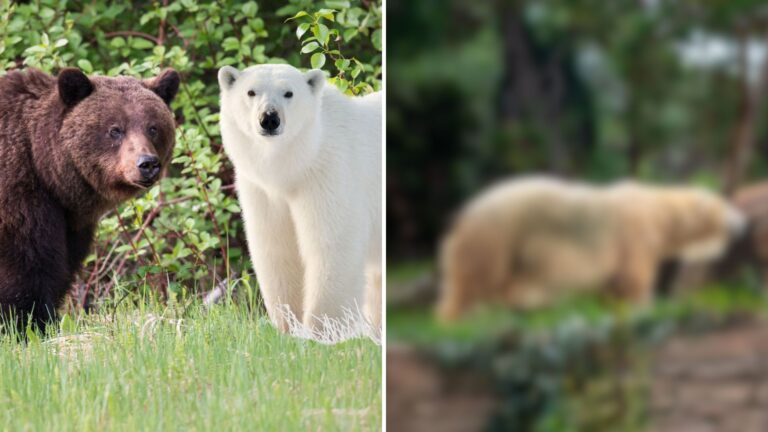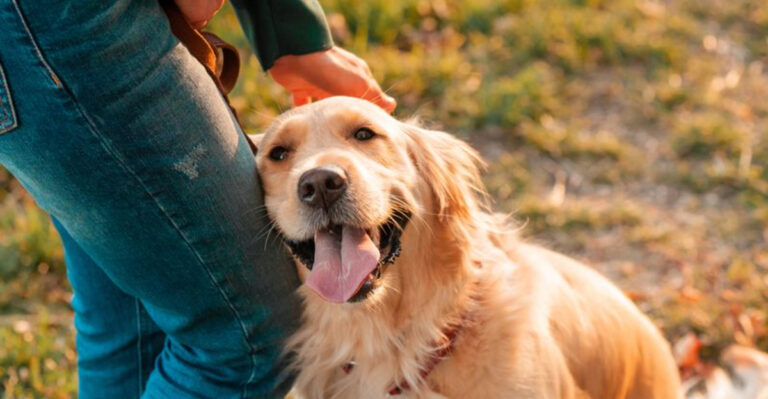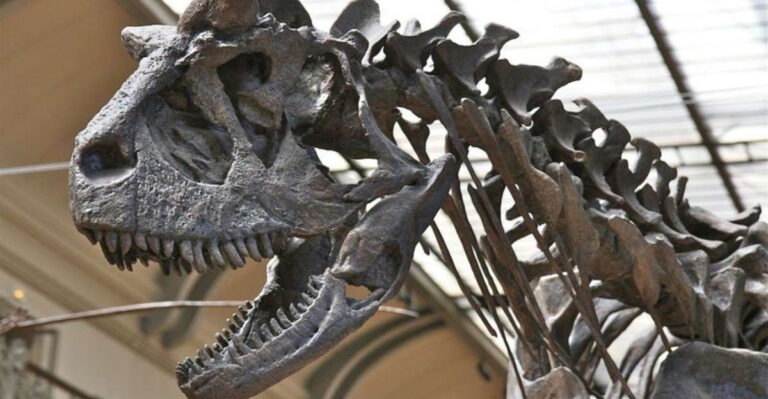Beauceron Vs. German Shepherd: 9 Key Differences
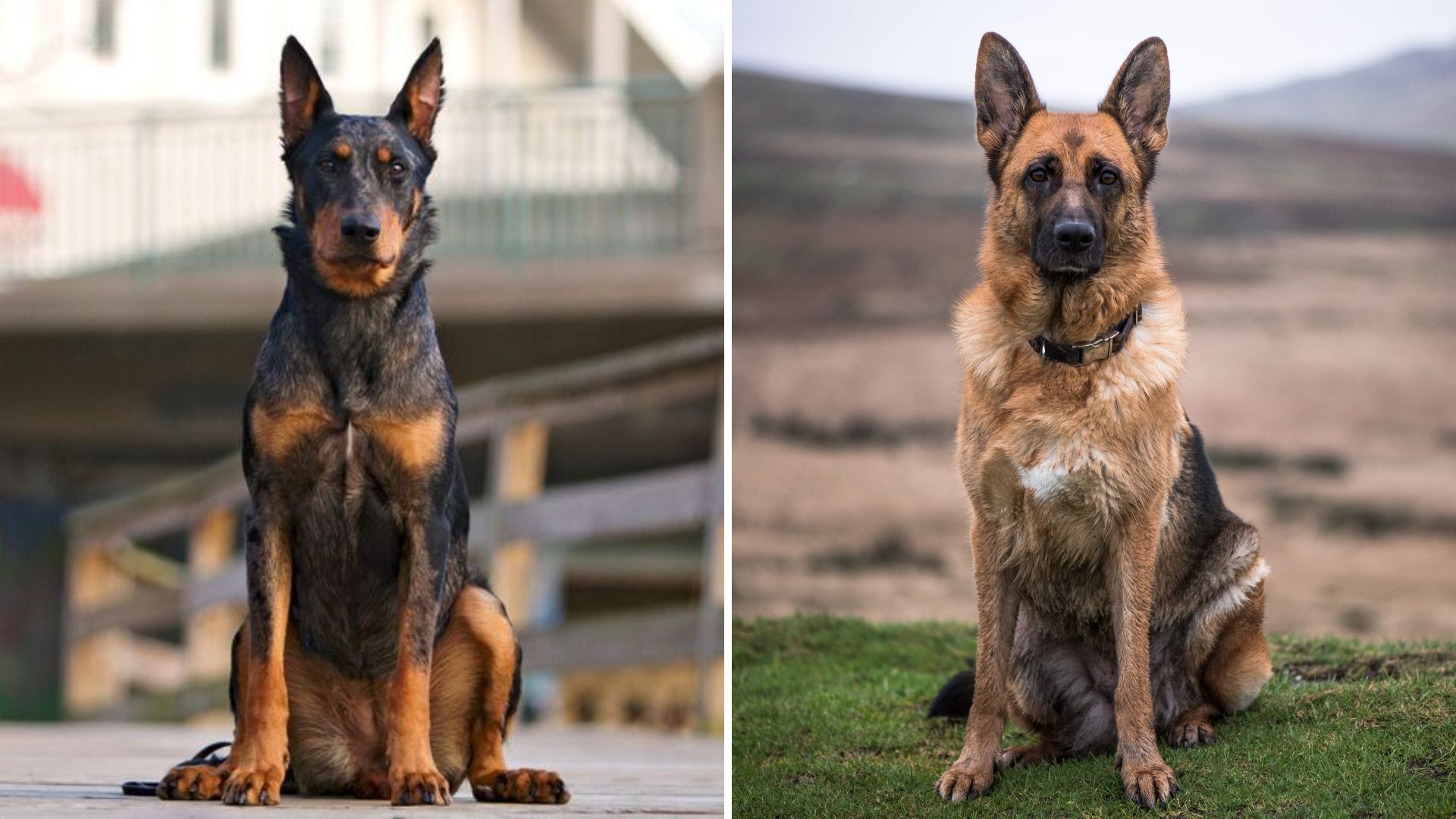
When it comes to comparing the Beauceron and the German Shepherd, these two magnificent breeds have their unique qualities and distinctions.
Whether you’re a potential dog owner or simply a canine enthusiast, exploring their differences can be both enlightening and enjoyable.
Let’s dive into these 9 key differences, shedding light on what makes each of these breeds special.
1. Physical Appearance
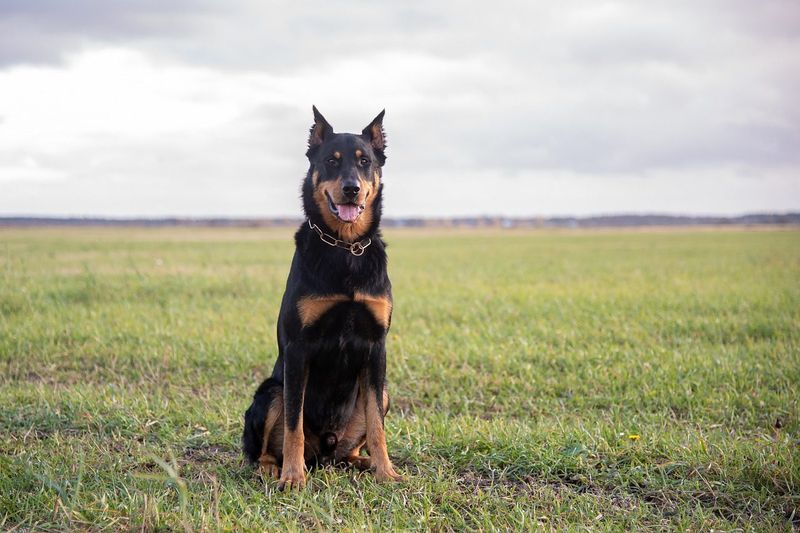
The Beauceron and German Shepherd stand out with their distinct appearances.
The Beauceron boasts a sleek, muscular body, often sporting cropped ears and a docked tail, creating a commanding presence.
This French breed is known for its striking black and tan coat, highlighted by rust-colored markings.
In contrast, the German Shepherd is robust, with a thick double coat that varies from sable to black and tan.
Erect ears and a bushy tail give the German Shepherd an alert and noble look.
Each appearance reflects their unique heritage and roles. Whether sleek or robust, these breeds catch the eye with their distinctive features.
2. Temperament
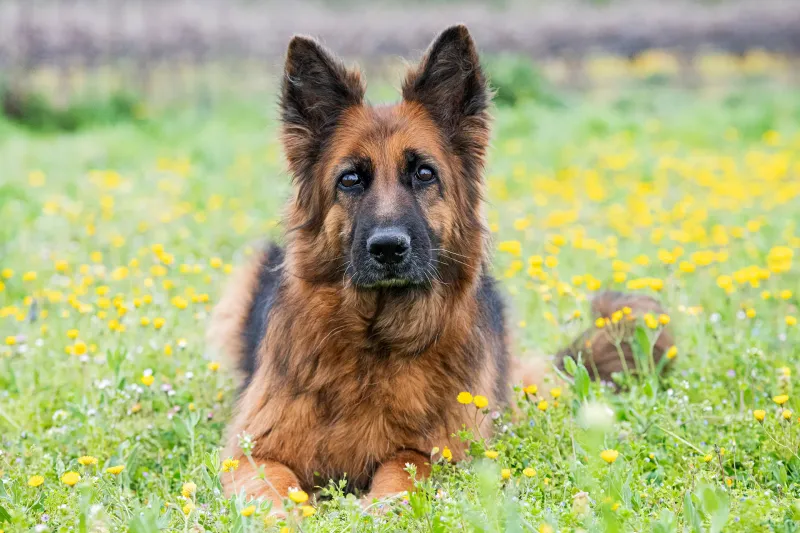
Temperament shapes the canine experience with these two.
Beaucerons are known for their protective instincts and unwavering loyalty. They are attentive and often reserved around strangers, making them exceptional watchdogs.
The German Shepherd, on the other hand, is celebrated for its intelligence and versatility. These dogs mix playfulness with obedience, adapting well to various scenarios.
Their friendly nature often makes them a family favorite.
Both breeds are highly trainable, though their temperaments suit different lifestyles. While Beaucerons may crave a more consistent routine, German Shepherds thrive in dynamic environments.
3. Exercise Needs
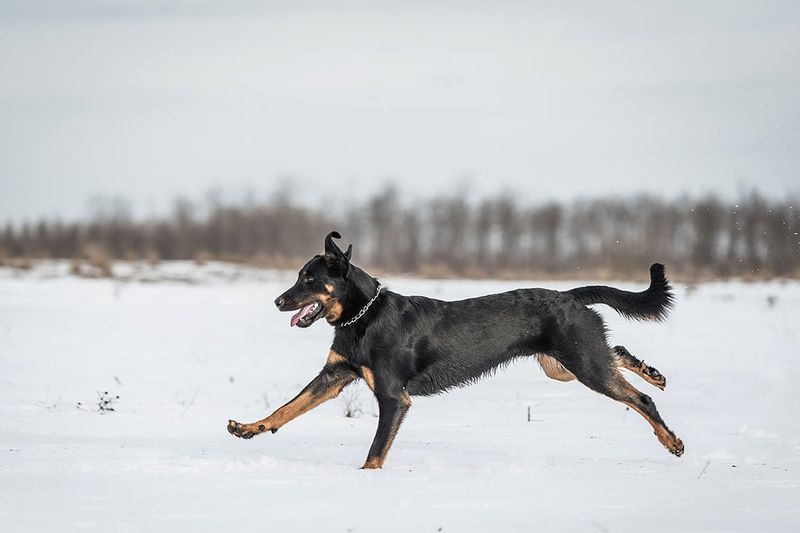
Active lifestyles are a must for both breeds, but their exercise needs differ slightly.
Beaucerons require rigorous daily activities, thriving on challenges that stimulate both mind and body. They excel at tasks like herding and agility training.
German Shepherds also demand substantial exercise, enjoying diverse activities that range from long walks to playful fetch games. Their agility and intelligence are best nurtured through varied exercises.
Owners should ensure that these dogs receive ample physical and mental stimulation.
While both breeds are energetic, their specific activity preferences can shape the ideal exercise routine.
4. Grooming Requirements
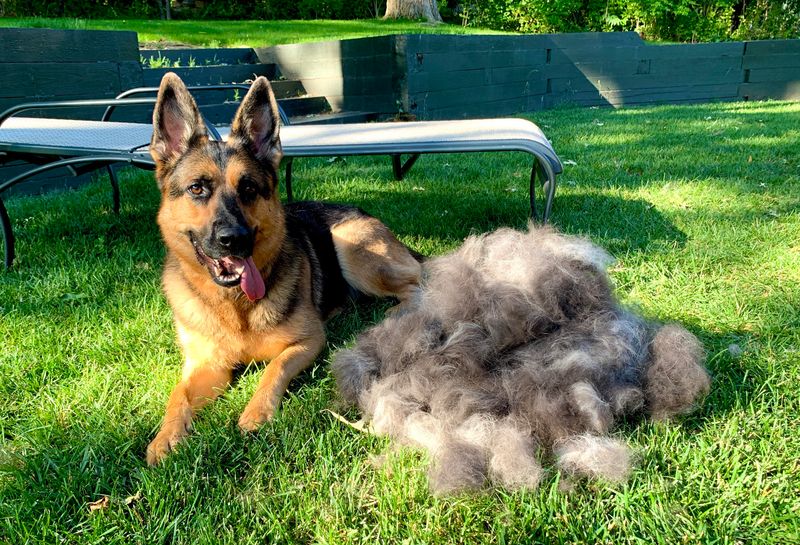
Grooming needs are straightforward yet essential for both breeds.
The Beauceron, with its short coat, requires regular brushing to manage shedding and maintain skin health. Occasional baths keep the coat sleek and shiny.
German Shepherds, possessing a dense double coat, need more frequent grooming.
Regular brushing is crucial to control shedding, especially during seasonal changes. Bathing should be done intermittently to avoid skin issues.
Both breeds benefit from routine grooming sessions, enhancing their appearance and well-being. While the Beauceron enjoys easier maintenance, the German Shepherd’s coat demands a bit more attention.
5. Lifespan
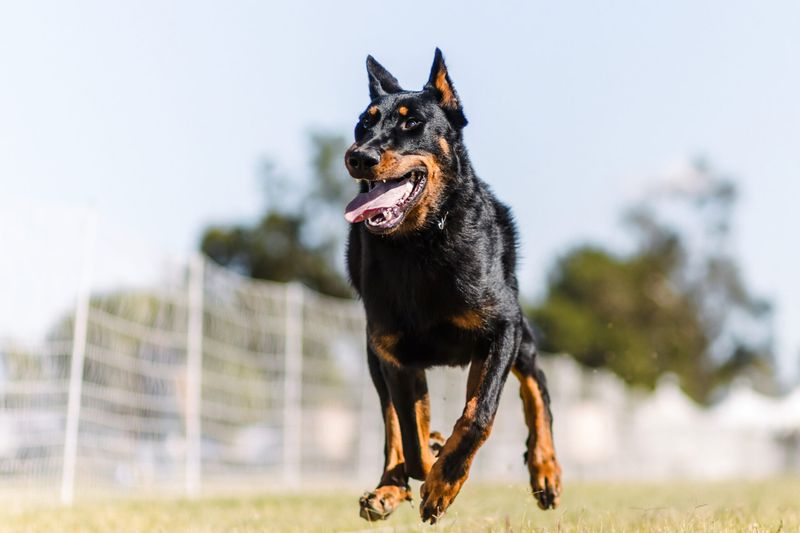
Lifespan offers insight into the years shared with these companions.
Beaucerons typically enjoy a lifespan of 10 to 12 years, offering a decade of devotion and companionship.
German Shepherds, meanwhile, tend to live between 9 and 13 years, providing a similar timeframe of loyalty and love.
These spans reflect their robust health and care requirements.
Owners should be prepared for the commitment of these years, cherishing each stage of life. Both breeds, when well-cared for, can offer many joyful moments, making every year a cherished part of their journey with you.
6. Social Behavior
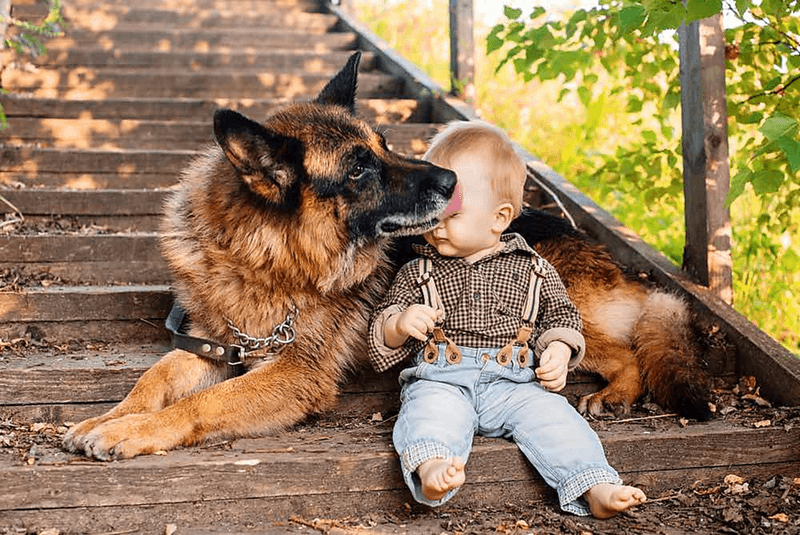
Social behavior distinguishes each breed in public settings.
Beaucerons often exhibit caution and observance, taking their time to assess new situations and friends.
German Shepherds, however, are typically more outgoing, displaying an eagerness to engage and play with others. Their social skills often shine in dog parks and group activities.
Both breeds can benefit from early socialization to foster positive interactions.
While Beaucerons may prefer smaller groups, German Shepherds thrive in varied social environments, showcasing their friendly dispositions.
Understanding their social preferences can enhance their experiences.
7. Training Ease
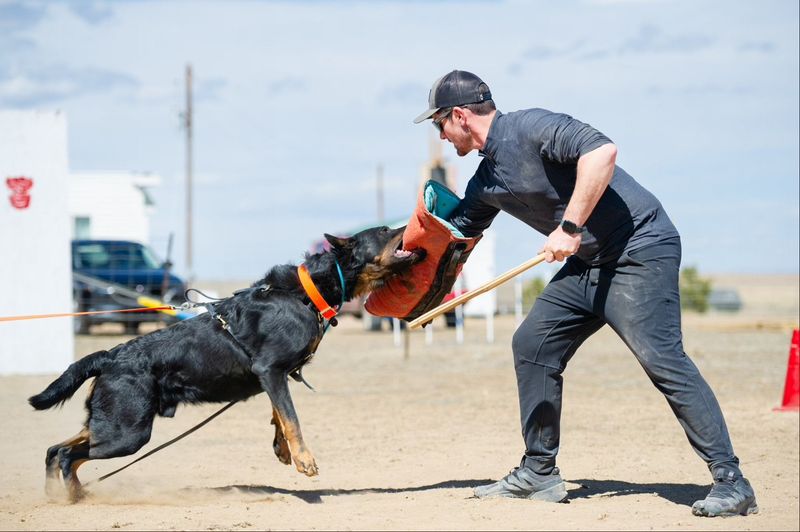
Training both breeds reveals their intelligence and responsiveness.
Beaucerons, though intelligent, require consistent and firm training approaches. Their independent streak means they thrive with experienced handlers who provide clear guidance.
German Shepherds are renowned for their trainability, responding well to positive reinforcement. They enjoy learning new commands and tasks, often excelling in obedience and service roles.
Both breeds benefit from structured training sessions, enhancing their natural abilities.
While Beaucerons need firm leadership, German Shepherds flourish with encouragement, making each session an opportunity for growth.
8. Health Concerns

Health is vital for both breeds, with specific concerns to consider.
Beaucerons may face hip dysplasia, requiring proactive joint care and monitoring.
German Shepherds are prone to heart conditions and also need joint attention, given their active nature. Regular vet check-ups and a balanced diet play crucial roles in managing these health risks.
Both breeds thrive with attentive care and early detection of potential issues.
Owners should be informed about their dogs’ health needs, ensuring a happy, healthy life. With proper care, these majestic breeds can enjoy robust well-being.
9. History and Heritage
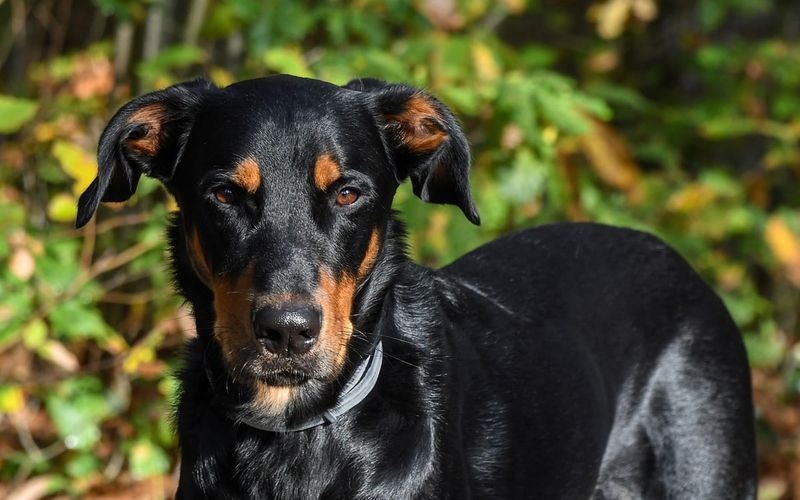
The history of both breeds paints a rich tapestry of roles and origins.
The Beauceron, hailing from France, has a storied past as a herding dog, guiding sheep with precision and strength.
German Shepherds, originating in Germany, have a history steeped in working alongside humans, notably in military and service roles. Their intelligence and loyalty have cemented their status as versatile helpers.
Understanding their heritage enriches the appreciation of these breeds. Their historical roles influence their present-day characteristics, making them treasured companions with deep-rooted legacies.



